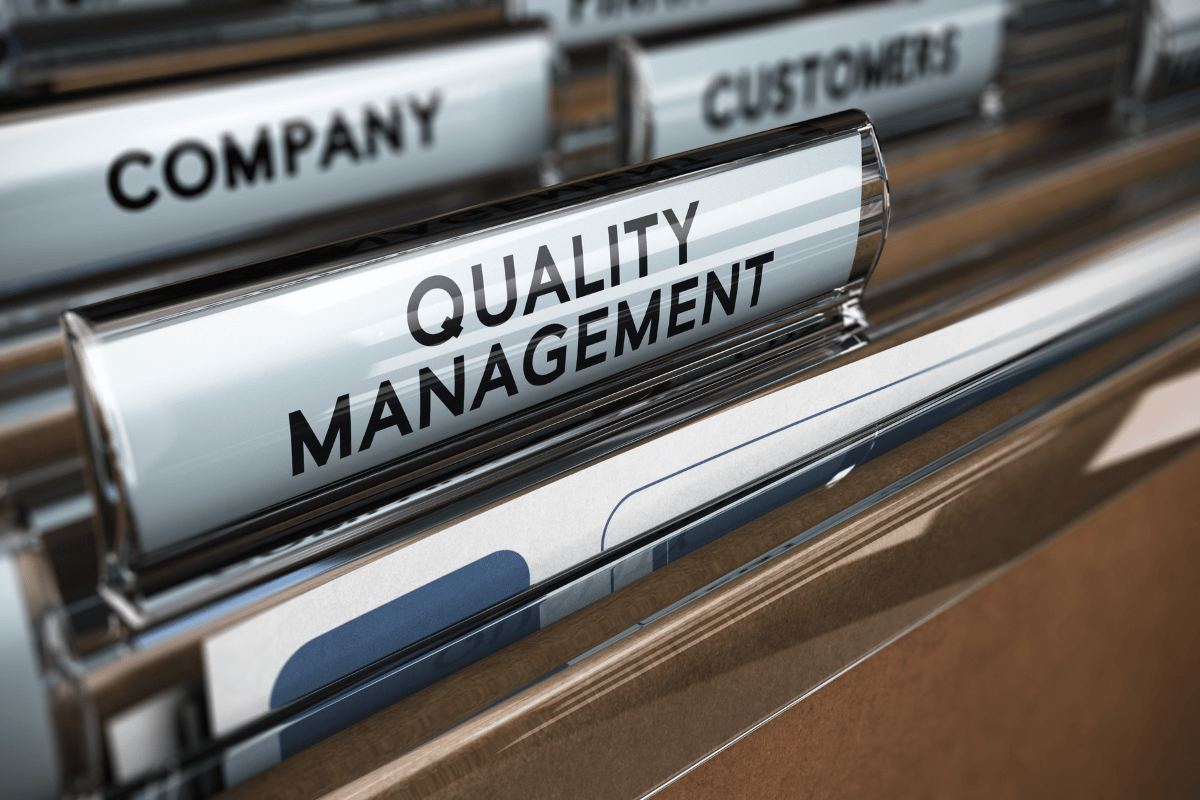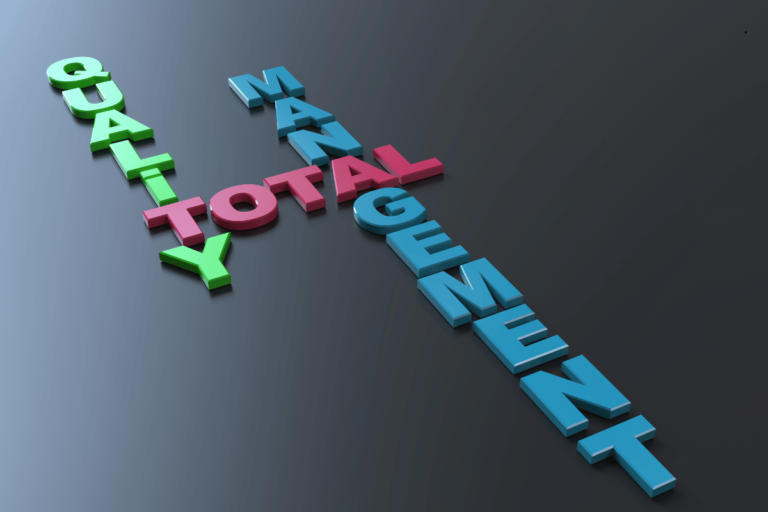Quality Control System: Essential Guide to Ensuring Product Excellence
A Quality Control System (QCS) is a fundamental component of any successful business that produces goods or provides services. It plays a crucial role in ensuring that products meet specific quality standards, minimizing defects, and enhancing customer satisfaction. Whether in manufacturing, healthcare, or service industries, a well-designed Quality Control System is key to maintaining consistency, compliance, and competitiveness.
In this article, we will explore the concept of a Quality Control System, its importance, key components, common tools and techniques, and the benefits it offers to businesses. By understanding and implementing an effective Quality Control System, companies can significantly improve product quality and operational efficiency.
What is a Quality Control System?
A Quality Control System (QCS) is a set of procedures and processes designed to ensure that a product or service meets specific quality standards. It involves systematic activities such as inspection, testing, monitoring, and corrective actions to identify and eliminate defects in products or services.
The primary goal of a Quality Control System is to maintain the desired level of quality in every product or service produced, ensuring consistency and reliability. This system is not limited to the final product inspection; it extends to every stage of the production process, from raw materials to finished goods. By integrating quality control into all aspects of production, a QCS helps prevent defects rather than just detecting them after they occur.
The Importance of a Quality Control System
Implementing a Quality Control System is critical for businesses that aim to produce high-quality products and meet customer expectations consistently. Here’s why a QCS is essential:
1. Consistency in Product Quality
A well-implemented Quality Control System ensures that products are consistent in quality, which is crucial for maintaining customer trust and brand loyalty. Consistency means that every product meets the same high standards, regardless of when or where it was produced.
2. Cost Efficiency
A QCS helps reduce the costs associated with defective products, such as waste, rework, and returns. By catching defects early in the production process, businesses can avoid the higher costs of correcting problems after production is complete.
3. Regulatory Compliance
Many industries are subject to stringent regulatory standards. A Quality Control System ensures that products meet all relevant regulations, reducing the risk of non-compliance, fines, and legal issues. This is particularly important in industries such as pharmaceuticals, food and beverage, and automotive manufacturing.
4. Improved Customer Satisfaction
When products consistently meet or exceed quality expectations, customer satisfaction increases. This leads to repeat business, positive reviews, and recommendations, all of which are vital for business growth.
5. Enhanced Reputation
A company known for its high-quality products is more likely to gain a competitive edge in the market. A Quality Control System plays a significant role in building and maintaining this reputation, as it ensures that only the best products reach the customer.
Key Components of a Quality Control System
A Quality Control System consists of several essential components that work together to ensure product quality. These components form the backbone of any effective QCS:
1. Quality Standards
Setting clear, measurable quality standards is the first step in any Quality Control System. These standards define the acceptable levels of quality for products or services, including specifications, tolerances, and performance criteria. Quality standards should be based on customer expectations, industry benchmarks, and regulatory requirements.
2. Inspection and Testing
Inspection and testing are crucial components of a QCS, involving the systematic examination of products at various stages of production. Inspections can be visual, dimensional, or functional, depending on the product’s requirements. Testing ensures that the product performs as intended under normal conditions. Both inspection and testing help identify defects early, allowing for timely corrective actions.
3. Process Monitoring
Continuous monitoring of the production process is vital to maintaining quality standards. This involves tracking key performance indicators (KPIs), such as defect rates, production speed, and material usage. By monitoring these metrics in real-time, businesses can quickly identify and address issues that could lead to defects.
4. Corrective Actions
When defects or non-conformities are detected, the Quality Control System must have procedures in place for corrective actions. This involves identifying the root cause of the problem, implementing a solution, and verifying that the solution effectively eliminates the issue. Corrective actions help prevent recurring defects and contribute to continuous improvement.
5. Documentation and Record Keeping
Maintaining detailed records of inspections, tests, and corrective actions is an essential part of a Quality Control System. Documentation provides a historical record of quality issues and the steps taken to address them. This is important for both regulatory compliance and for analyzing trends to improve processes over time.
Tools and Techniques for Quality Control Systems
Several tools and techniques are commonly used within a Quality Control System to monitor, analyze, and improve product quality. These tools help businesses implement effective quality control processes:
1. Control Charts
Control charts are a statistical tool used to monitor process variation over time. They help identify trends, shifts, or any unusual patterns that could indicate problems. By tracking the stability of a process, control charts enable businesses to maintain consistent product quality and take corrective action when necessary.
2. Fishbone Diagram (Ishikawa)
The Fishbone Diagram, also known as the Ishikawa or cause-and-effect diagram, is used to identify the root causes of defects. It organizes potential causes into categories, such as people, materials, methods, and machinery. This visual tool helps teams systematically explore all possible causes of a problem, leading to more effective corrective actions.
3. Pareto Analysis
Pareto Analysis, based on the Pareto Principle (80/20 rule), helps prioritize quality issues by identifying the most significant factors contributing to defects. It is commonly used in quality control to focus efforts on the most critical problems, which are often responsible for the majority of defects.
4. Checklists
Checklists are a simple yet powerful tool for ensuring that all necessary quality control steps are followed. They provide a standardized way to perform inspections and tests, ensuring that nothing is overlooked. Checklists are particularly useful in complex processes where many variables need to be monitored.
5. Root Cause Analysis (RCA)
Root Cause Analysis is a systematic process for identifying the underlying causes of defects or quality issues. It involves analyzing the problem, identifying potential causes, and implementing solutions to prevent recurrence. RCA is an integral part of the corrective action process within a Quality Control System.
Benefits of Implementing a Quality Control System
The implementation of a robust Quality Control System offers numerous benefits, helping businesses achieve their quality goals and maintain a competitive advantage. Here are some of the key benefits:
1. Higher Product Quality
A Quality Control System ensures that products consistently meet high-quality standards. This leads to fewer defects, reduced waste, and higher customer satisfaction. By maintaining consistent quality, businesses can build strong brand loyalty and trust with their customers.
2. Cost Savings
By identifying and addressing defects early in the production process, a QCS helps reduce the costs associated with rework, waste, and recalls. These cost savings can be significant, particularly in industries where defects can lead to expensive recalls or legal issues.
3. Increased Efficiency
A well-designed QCS streamlines production processes by eliminating inefficiencies and minimizing the occurrence of defects. This leads to faster production times, better use of resources, and overall improved operational efficiency.
4. Improved Customer Satisfaction
Consistently delivering high-quality products leads to higher levels of customer satisfaction. Satisfied customers are more likely to make repeat purchases, provide positive reviews, and recommend the product to others, driving business growth.
5. Compliance with Regulations
A Quality Control System ensures that all products meet the necessary regulatory standards, reducing the risk of non-compliance, fines, and legal issues. This is particularly important in highly regulated industries, such as pharmaceuticals and food production.
Conclusion
A Quality Control System is an essential framework for any business committed to producing high-quality products and services. By integrating quality control into every stage of production, a QCS helps ensure consistency, reduce costs, and improve customer satisfaction. With the right tools, techniques, and commitment to continuous improvement, businesses can effectively implement a Quality Control System that not only meets regulatory requirements but also drives long-term success.
Investing in a Quality Control System is not just about meeting standards; it’s about striving for excellence in every product and process, ultimately leading to greater customer trust and a stronger competitive position in the market. Whether in manufacturing, healthcare, or services, a well-executed Quality Control System is key to achieving operational excellence and sustainable growth.







